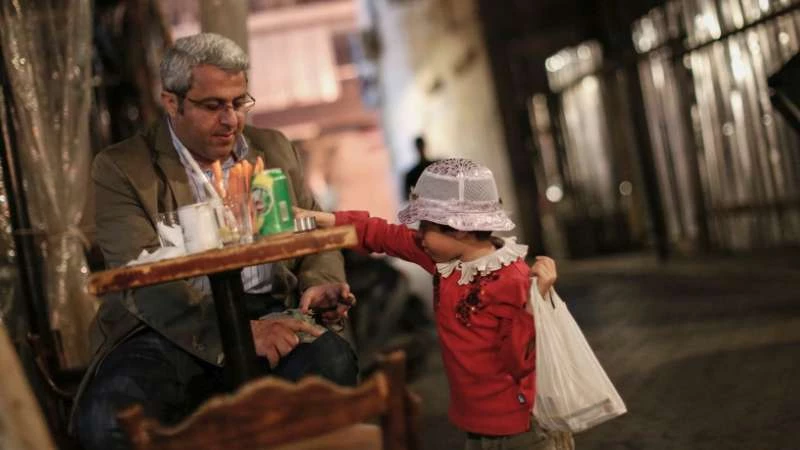“When refugees struggle to survive, they start to use negative coping mechanisms,” says the World Food Program’s (WFP) communications officer, Edward Johnson. “They start relying more on their children, sending them to work.”
As the crisis in Syria approaches its sixth anniversary, the UN says 93% of refugee households in Lebanon don’t have enough food. When families can’t afford the basics, sending children out to work is one potentially dangerous way they try to cope. They also exhaust savings, sell any land or property they might own in Syria, and fall into debt.
With an estimated 1.5 million Syrians in the country, almost one in three people in Lebanon are refugees. But Syrians are only allowed to work in agriculture, construction or cleaning. More than 70% live below the poverty line and, with limited job options, many are reliant on aid. Yet UN agencies are struggling to support them.
The WFP’s work has been affected by cuts and competition, says Johnson: “There’s Syria next door, which is sexier for donors – there’s actually a war going on there.”
The agency used to give money to all Syrian refugees registered in Lebanon but, as more people came over the border, the number had to be capped. The WFP currently supports 700,000 children and adults with 27 US dollars each a month. Heads of households receive a debit-style card that can be used to buy food at approved shops around the country.
For Sawsan Sadek, her husband and four children, 27 US dollars is not enough. At the beginning of the month, her family eats two good-sized meals each day. Towards the end, the portions get smaller as the money runs out.
Sadek remembers how there was always cake in the fridge at home in Idlib, a city in north-west Syria. In their new apartment – which they share with two other families in Beirut’s Armenian district – they eat mostly rice, pasta and potatoes. “But the children love potatoes,” says Sadek.
In its 2016 vulnerability assessment, the UN found that one-third of Syrian refugees in Lebanon were not getting enough nutrients. Families try to save money by filling up on carbohydrates, and avoiding more expensive food such as meat or fresh vegetables.
Syrian blacksmith Osman Haco says he misses eating meat. He moved his family to Lebanon five years ago, after a bomb destroyed their house. “We used to buy meat in Syria. It was always in the freezer. Now we can only afford it once a month,” he says. The family lives in a tiny, one-room apartment.
War has meant Haco’s eldest son, now 13, has missed a lot of schooling. In Lebanon he was placed in a class with much younger children. He hated it, so dropped out. Now he works at a hairdresser’s. “Because he doesn’t go to school, it’s better that he works,” says his mother, Asya.
Save the Children is working with families and young people, helping them to protect themselves against exploitation in the labour market. “We understand that in poor communities, child labor is expected,” says a Save the Children spokesperson. “But we try to work with the parents, teaching them the importance of education, even if a child has to work. We don’t want to see a lost generation.”
NGOs noticed an increase in child labor when a severe funding shortfall hit in 2015. That year, the WFP had to reduce the monthly cash assistance to each refugee from 30 US dollars to 13.50 US dollars.
“ As of November 2016, the Lebanon crisis response plan was only 50% funded. This year, the UN food agency only has enough money to continue operations through to the second week of February, says Skoczylas. Véronique Barbelet, research fellow at London’s Overseas Development Institute, says refugee crises have become more expensive and last for longer. “More than 40% of refugees worldwide are displaced for more than 10 years,” she says. “The whole model of creating camps and caring for refugees was based on the idea that displacement is temporary, but it hasn’t been for years. We need to change the support of refugees.” In the meantime, girls like Salma will continue to wander the streets of Beirut, bunches of flowers wedged under their arms.



التعليقات (0)